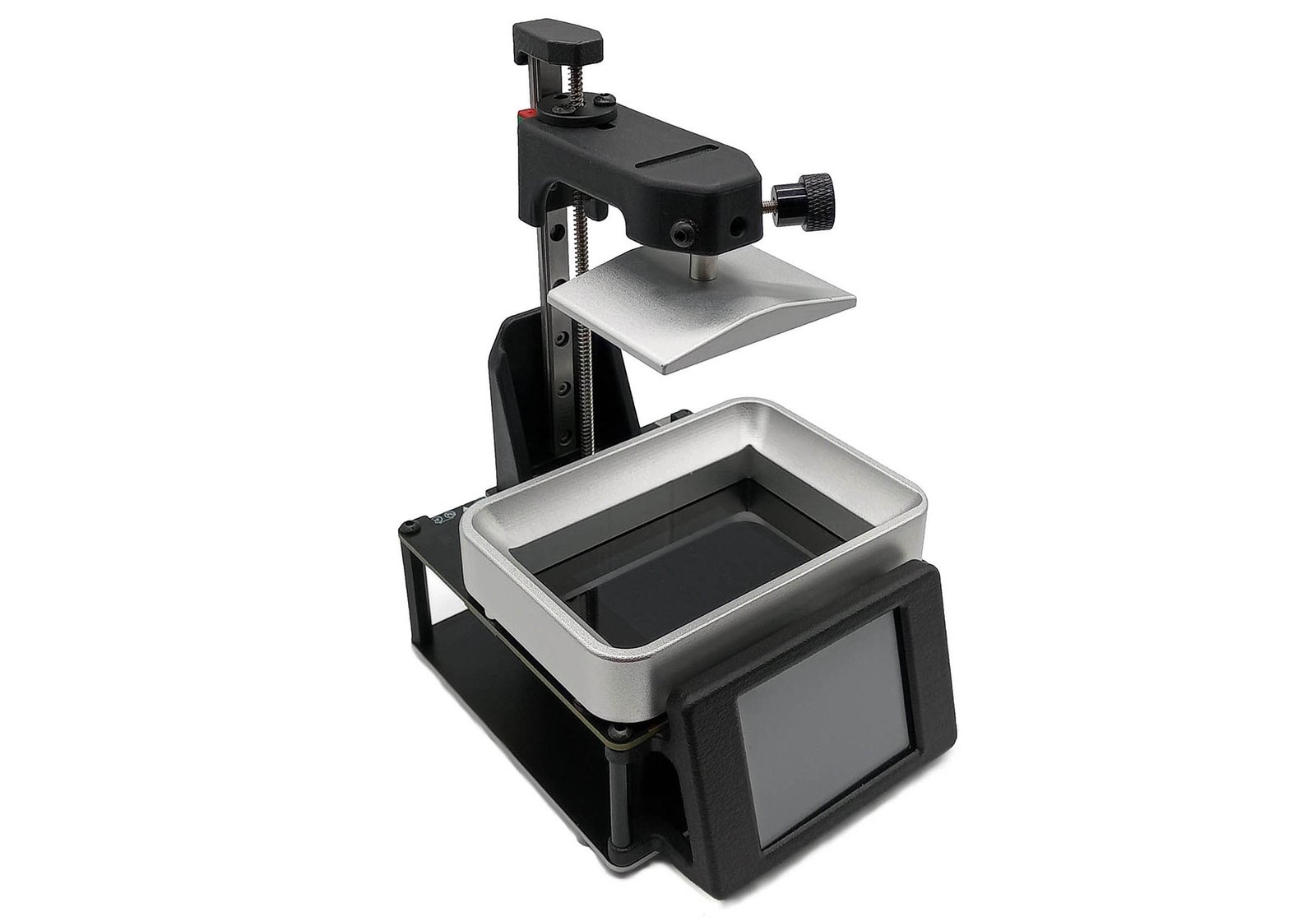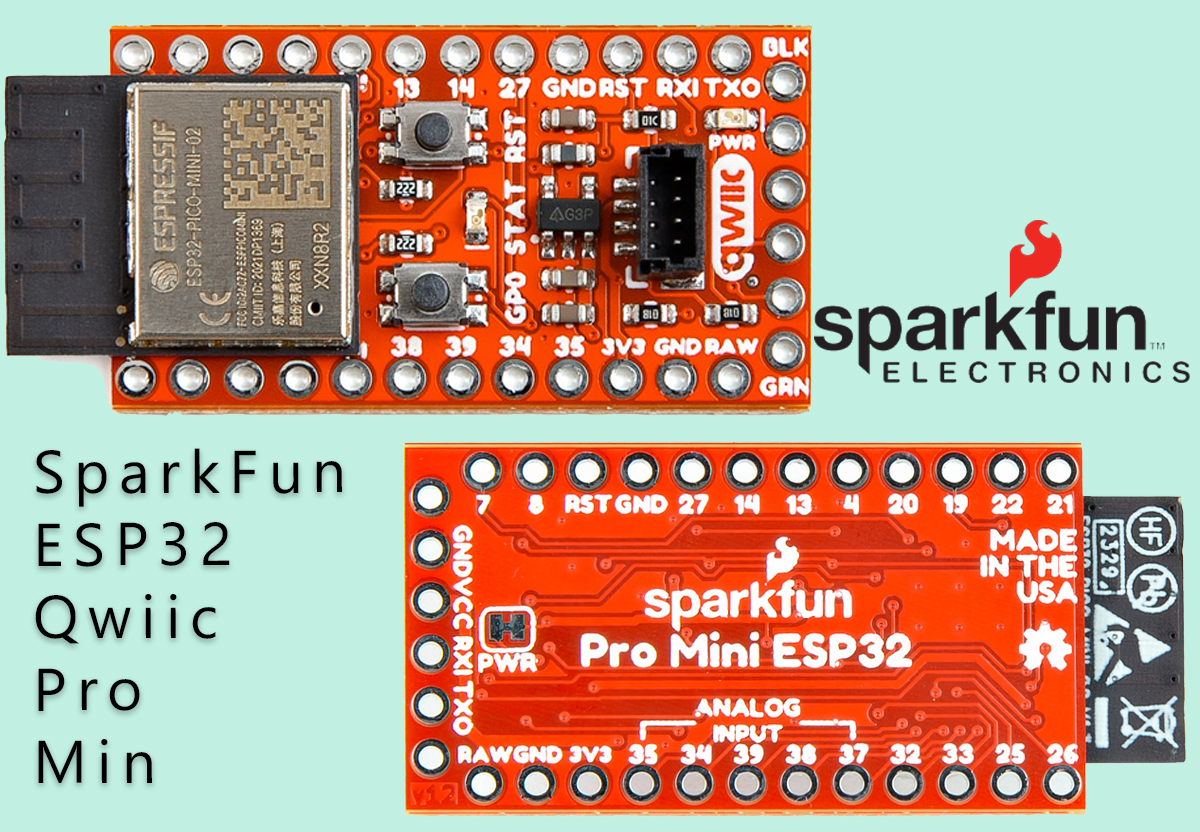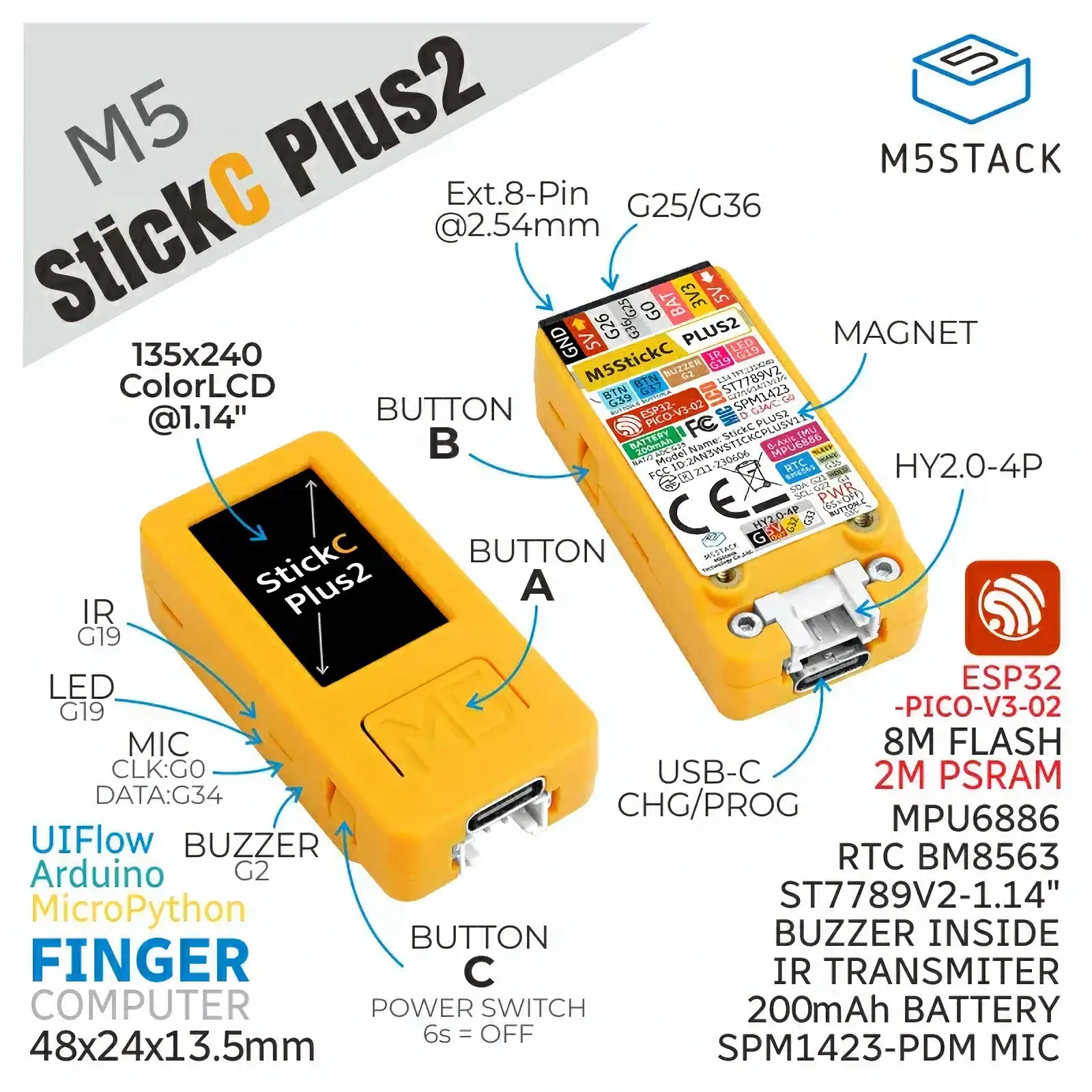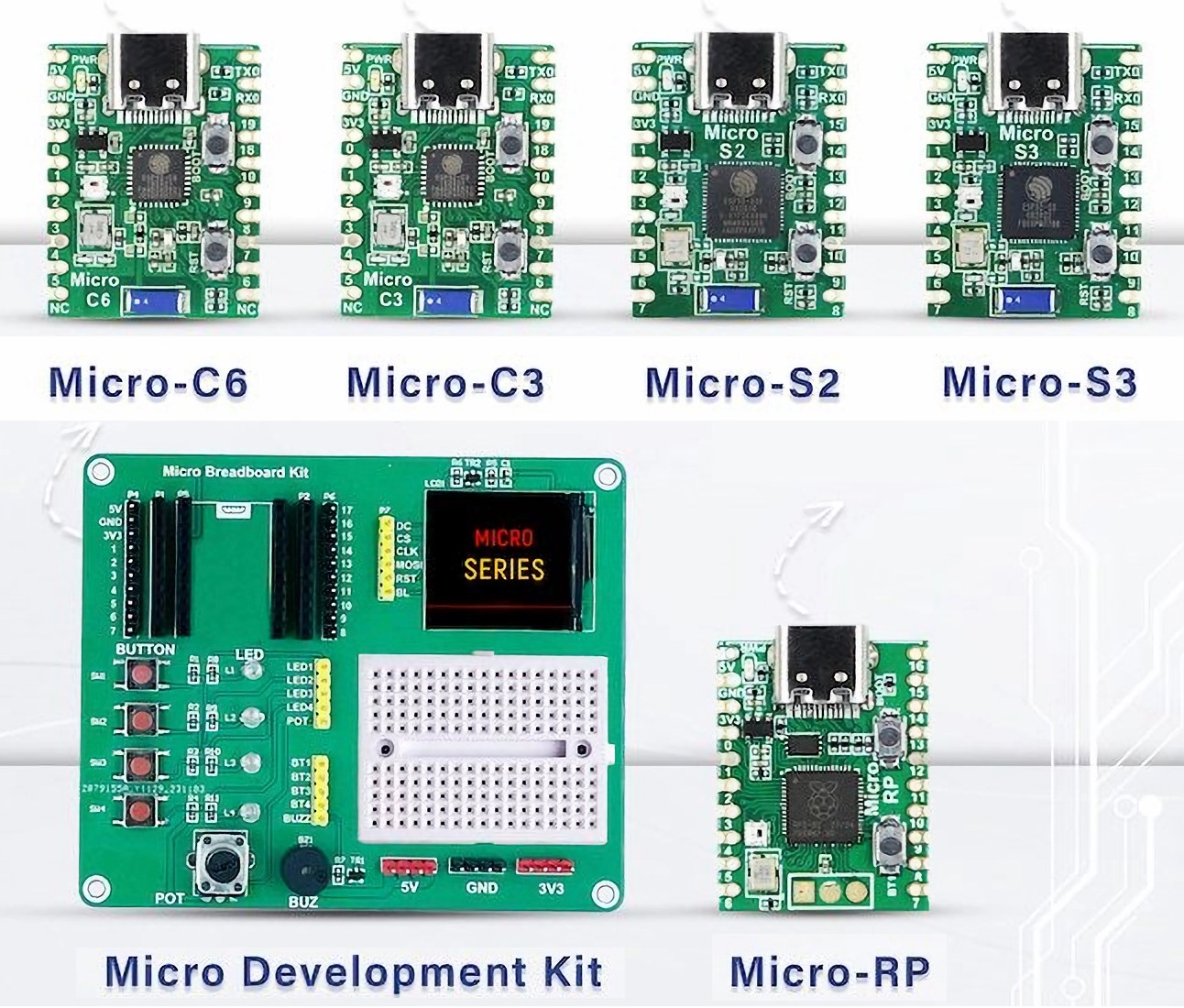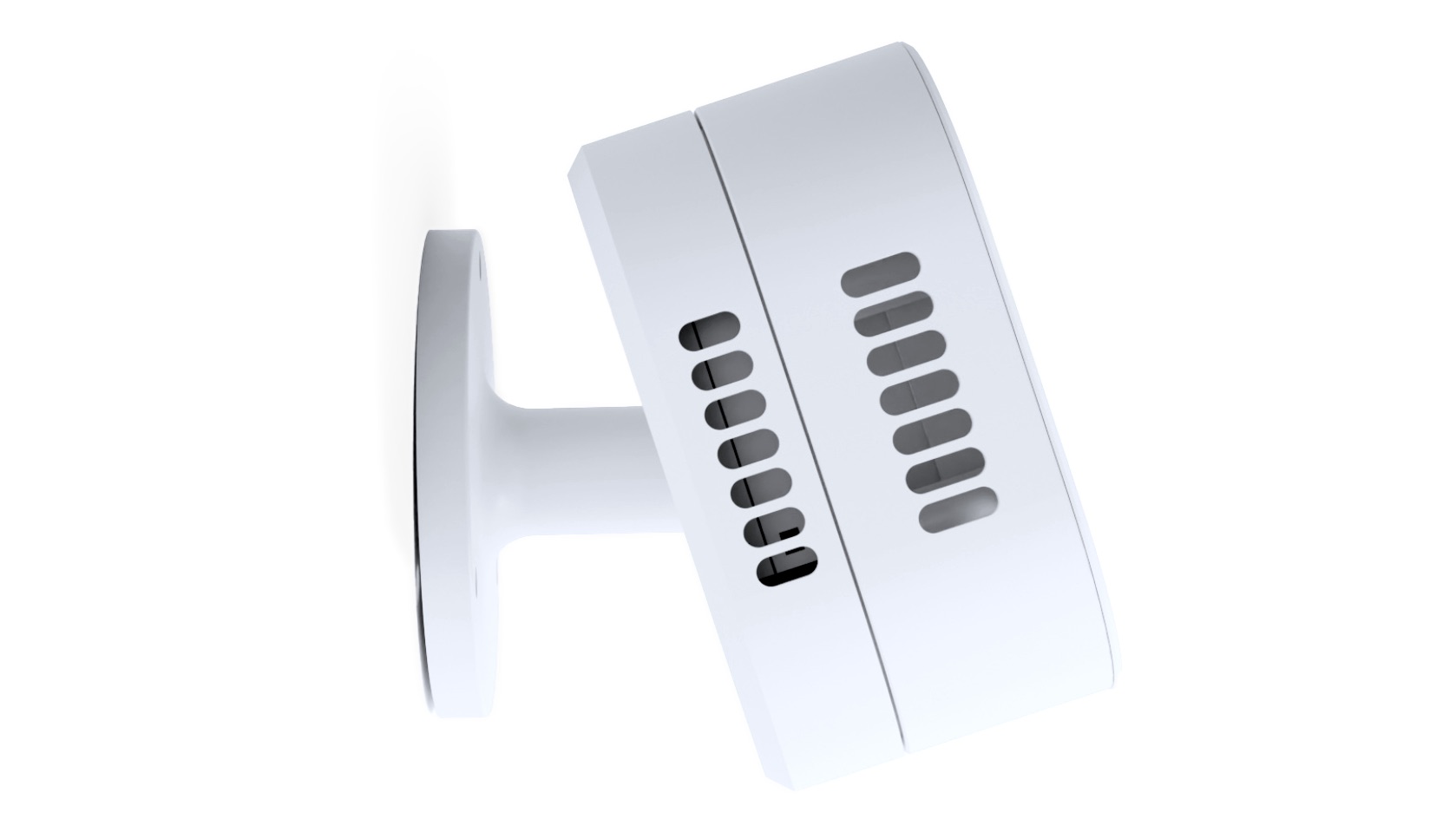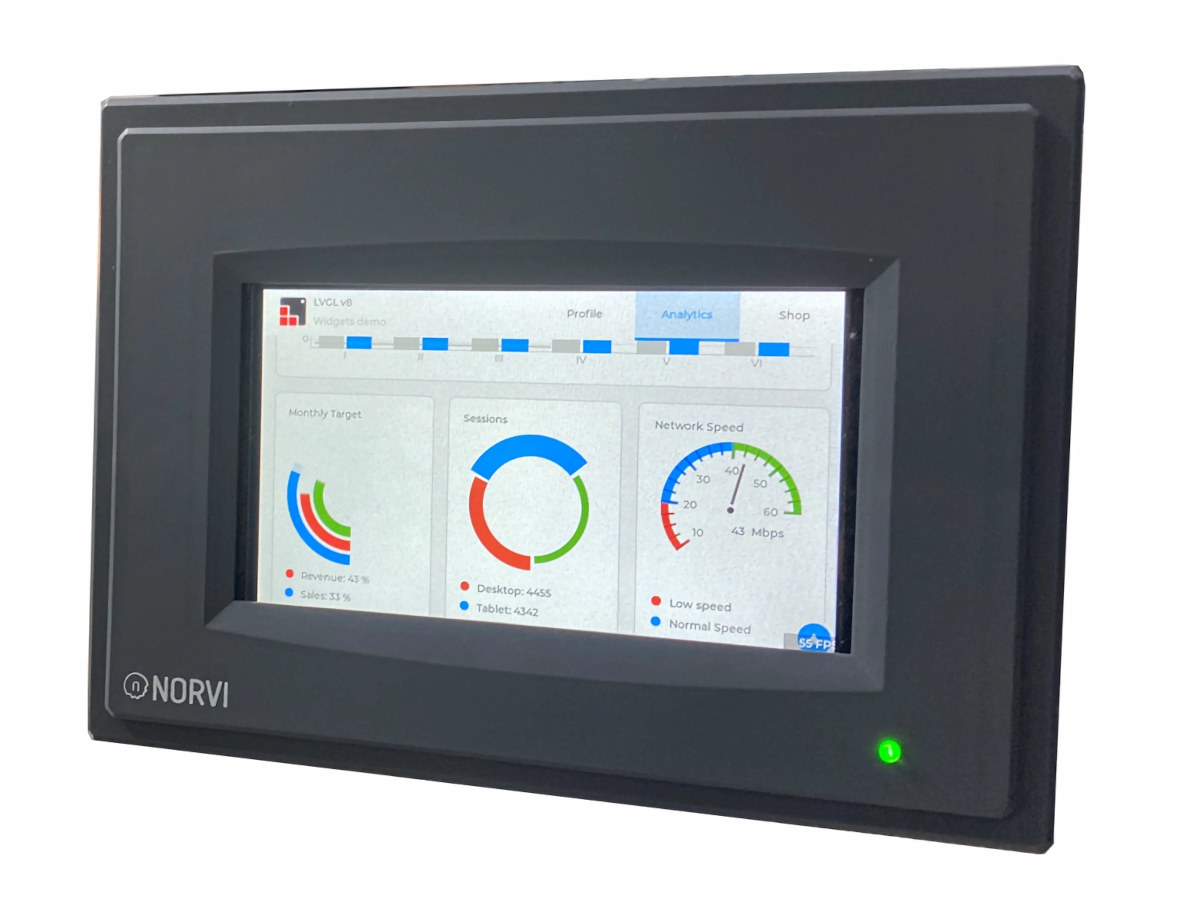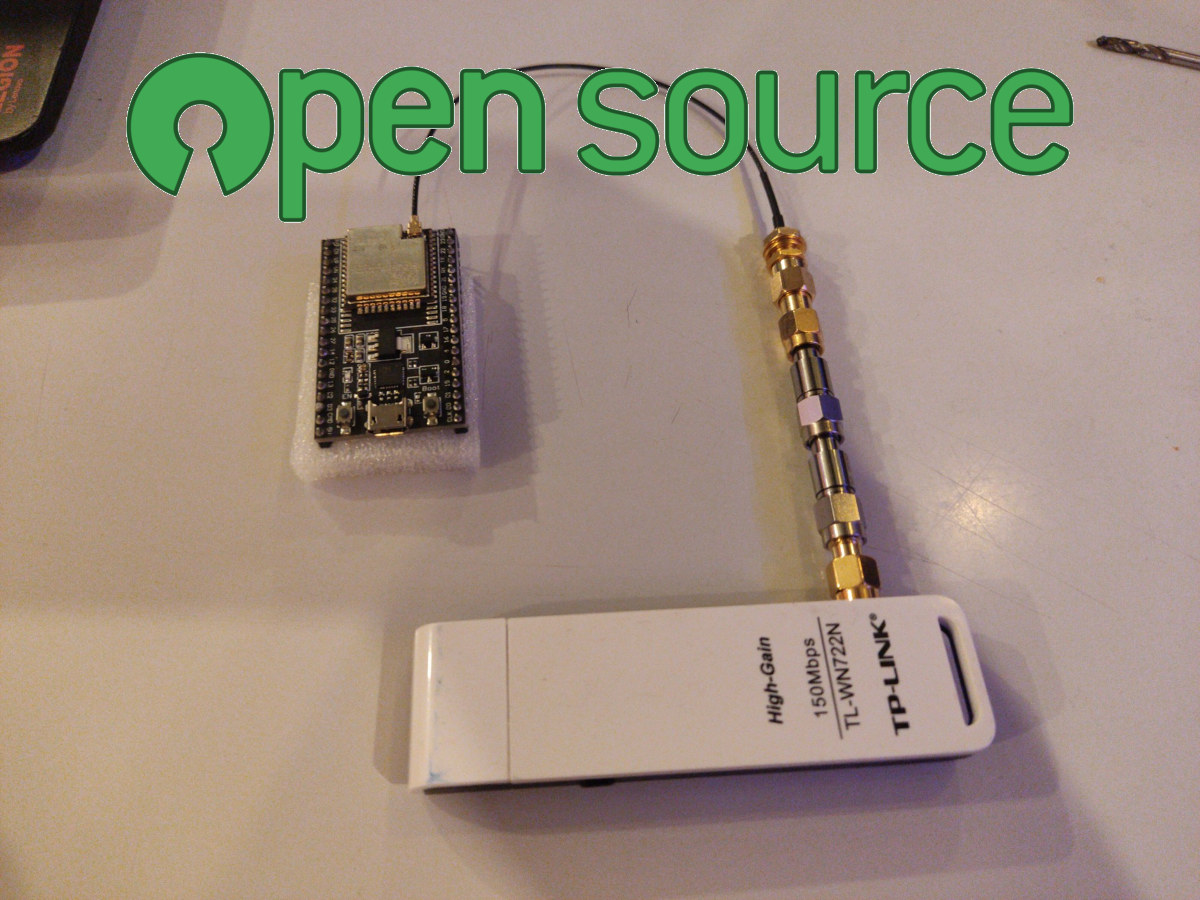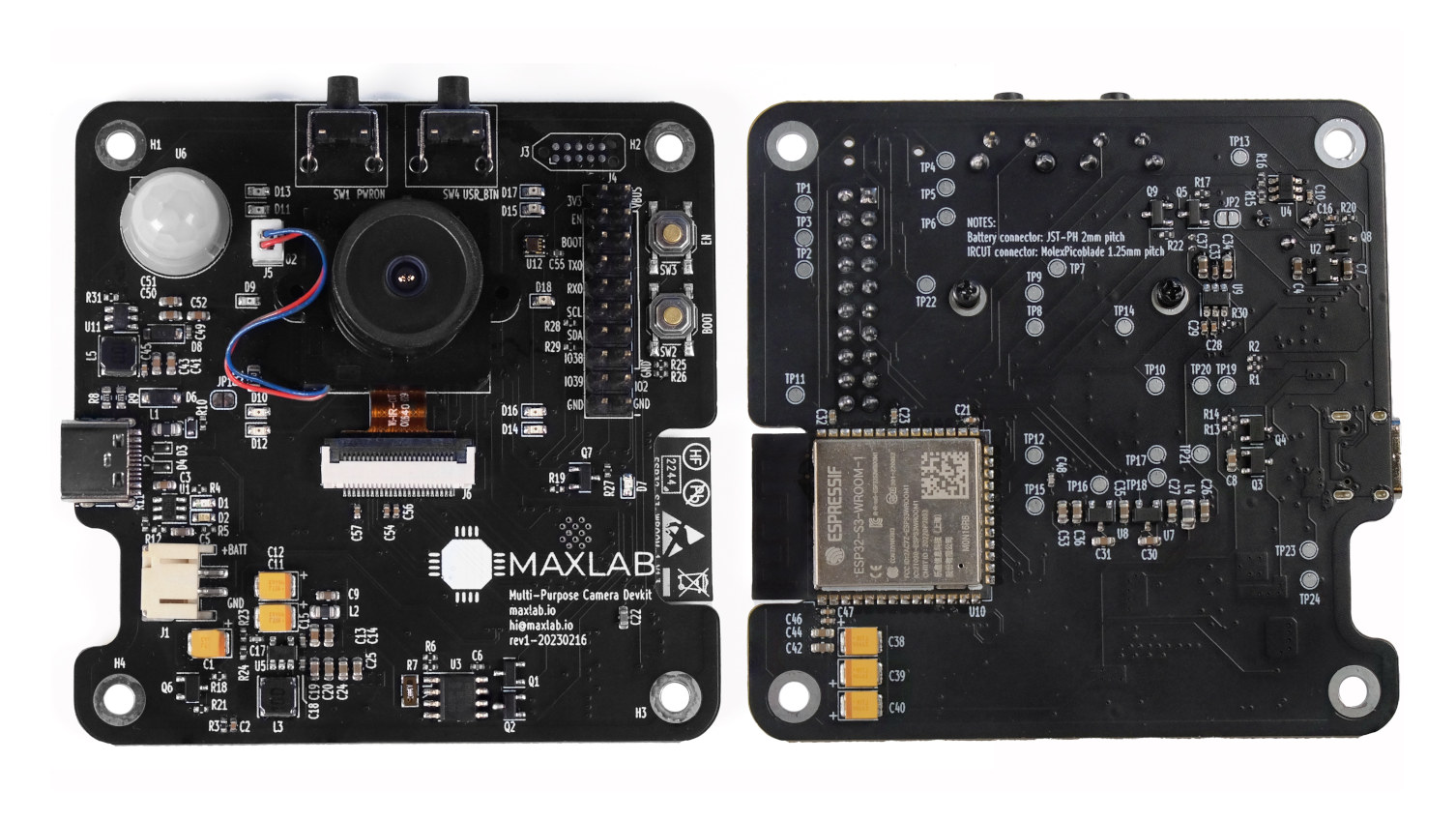The Lite3DP Gen 2 3D Printer builds on the success of its predecessor. With a new and improved design, an ESP32 microcontroller replacing the Arduino Pro Mini, and several other improvements, the Lite3DP Gen 2 is well-suited for making small, detailed resin prints. It is slightly bulkier than the Lite 3DP S1 3D printer but is still compact enough to fit into a bag. Gen 2 has been designed to maintain backward compatibility with the older model, and owners of existing Lite3DP printers can use the Gen 2 dev kit to upgrade their printers. The resin 3D printer is completely open-source (firmware, hardware, and software), and you can use the schematics, Gerber files, code, and other resources hosted in the GitHub repository to build a different kind of mSLA resin printer. Lite3DP Gen 2 key features & specifications: Electronics – All-in-one PCB with ESP32 microcontroller, high-res LCD, an ultra-silent TMC2209 […]
ESP32 Qwiic Pro Mini is an ESP32 board in Arduino Pro Mini form factor
SparkFun’s latest development board, the ESP32 Qwiic Pro Mini, puts the Espressif ESP32-PICO-MINI-02 on a compact Arduino Pro Mini footprint. It also includes an onboard QWICC connector for easy interfacing with a wide range of sensors and peripherals. We have already covered other Sparkfun dev boards like DataLogger IoT, Datalogger IoT – 9DoF, and SparkFun Thing Plus Matter you can check those out if interested. Like any other ESP32 board, this also uses an ESP32 microcontroller which features a 32-bit dual-core processor, 520kB of SRAM, 2MB of PSRAM, 8MB of flash memory, and 16 kB of additional SRAM in its RTC. It supports Bluetooth 4.2 and BLE and has ADC and DAC, touch detection, PWM, TWAI, Ethernet MAC, UART, SPI, SDIO, I2C, and I2S interfaces. As reported in a Hackster article, the board also features a Qwiic Connector for solderless connections to sensor boards and add-ons, positioned at a 90-degree angle […]
M5StickC PLUS2 IoT development kit features ESP32-PICO-V3-02 SiP, larger 200 mAh battery
M5Stack M5StickC PLUS2 is a battery-powered ESP32 IoT development kit with a 1.14-inch display, a built-in microphone, a 6-axis gyroscope and accelerometer, a few buttons, a buzzer, a Grove connector and a GPIO header for expansion. It builds upon the M5StickC Plus released in September 2020, but replaced the ESP-PICO-D4 SiP with an ESP32-PICO-V3-02 still based on ESP32 WiSoC but having 8MB SPI flash and 2MB flash and also features a larger 200 mAh battery along with a new CH9102 USB to TTL chip and does without a PMIC. M5StickC PLUS2 key features and specifications: ESP32-PICO-V3-02 SiP – Espressif Systems ESP32-PICO-V3-02 system-in-package with ESP32 dual-core WiFI and Bluetooth IoT processor @ up to 240 MHz, 8MB SPI flash, 2MB PSRAM Display – 1.14-inch Color TFT LCD with 135×240 resolution (ST7789v2 driver) Audio – SPM1423 microphone, buzzer USB – 1x USB-C port for power and programming using CH9102 USB to TTL chip […]
Microflex MCUs – Tiny USB development boards based on ESP32-S3, ESP32-S2, ESP32-C3, ESP32-C6, or Raspberry Pi RP2040 (Crowdfunding)
SB Components is back with yet another crowdfunding campaign this time with the Microflex MCUs USB development boards all with the same tiny form factor and offered with a choice of five microcontrollers namely Raspberry Pi RP2040, ESP32-S3, ESP32-S2, ESP32-C3, or ESP32-C6. Microflex MCUs share the same layout with a USB-C port for power and programming, a built-in RGB LED, two buttons for Boot and Reset/User, and two rows of 10-pin with through and castellated holes to access the GPIOs and power signals such as 5V, 3.3V, and GND. But they differ in terms of the processor used, wireless features, and available I/Os as shown in the table below which sadly lacks any information about the flash and eventual PSRAM… The illustration below includes some more details for the Micro-C6 with the main components, ports, and a pinout diagram. Programming the firmware for the ESP32-series can be done through the […]
RoomSense IQ – An ESP32-S3 modular room monitor with mmWave radar presence detection (Crowdfunding)
RoomSense IQ is a modular room monitor for presence-based home automation based on the ESP32-S3 module with Bluetooth Wi-Fi connectivity. It uses physical presence detection to automate your smart home devices. It comes with multiple sensors that can be used to detect human activity and track ambient light, temperature, and humidity levels. It uses mmWave radar technology to determine when rooms are empty and when they are occupied. It also features built-in temperature, humidity, and light sensors for indoor climate monitoring and control. Rather than relying on schedules, or voice detection, RoomSense IQ triggers automations or alerts based on whether people are in a room or not. It is therefore possible to set it to automatically turn off lights or air conditioning in rooms that are empty to save on energy. In addition, the device offers distance to target measurement that can be adjusted to trigger certain actions. RoomSense IQ […]
NORVI ESP-HMI-5C ESP32-based HMI features a 5-inch resistive touchscreen display
NORVI ESP32-based human-machine interface (HMI) solution features a 5-inch LCD with a resistive touchscreen driven by an ESP32-S3 wireless module and support for the LVGL library. NORVI previously brought us some headless ENET industrial controllers including some with Ethernet beside the WiFi connectivity built into the ESP32 microcontroller, but the NORVI HMI device is the first product from the company with a proper display suitable for HMI applications. NORVI HMI (ESP-HMI-5C) specifications: Wireless module ESP32-S3-WROOM32-1-N16R8 MCU – ESP32-S3 dual-core LX7 microprocessor @ up to 240 MHz with Vector extension for machine learning, 512 KB SRAM Memory – 8MB octal SPI PSRAM Storage – 16MB flash Connectivity – WiFi 4 and Bluetooth 5 with LE/Mesh PCB antenna Storage – MicroSD card slot (SPI interface) Display – 5-inch LCD Display with Resistive Touch Audio – Built-in Buzzer Communication interfaces – Ethernet (W5500) and RS485 I/Os 4x digital inputs – Range 18V to 32V […]
ESP32 may soon get an open-source WiFi MAC layer
Most, if not all, WiFi hardware relies on closed-source binary blobs including ESP32 wireless MCU, but there’s now work underway to reverse engineer a WiFi MAC layer for the ESP32 to make it a truly open-source platform. Espressif ESP32 wireless microcontrollers already have an open-source framework (ESP-IDF) and toolchain, people can customize the code to some extent, but this excludes the wireless bits (Wi-Fi, Bluetooth, low-level RF functions) that are distributed as closed-source precompiled libraries integrated into the firmware. There were some efforts to provide an open-source stack for the BL602 chip but it never went anywhere, and the ESP32 may become the first target with an open-source driver without any blobs, excluding FPGA-based projects such as OpenWiFi. The early-stage implementation currently supports the following features: Sending WiFi frames Receiving WiFi frames Send an ACK packet as a reply to packets that are sent to the ESP32 Connect to an […]
Tokay Lite – A battery-powered no-code AI camera based on ESP32-S3 WiSoC (Crowdfunding)
Maxlab’s Tokay Lite is an OHSWA-certified AI camera based on ESP32-S3 WiFI and Bluetooth SoC that can be used for computer vision (e.g. facial recognition & detection) and robotics applications without the need to know programming languages since a web interface is used for configuration. The WiFi and Bluetooth AI camera also features night vision with four IR LEDs, an IR cut filter, light and PIR motion sensors, a 20-pin expansion connector with SPI and UART, support for an external RTC, and can take power from USB-C or a LiPo battery. Tokay Lite specifications: Wireless module ESP32-S3-WROOM-1 MCU – ESP32-S3 dual-core LX7 microprocessor @ up to 240 MHz with Vector extension for machine learning, 512 KB SRAM Memory – 8MB PSRAM Storage – 8MB SPI flash Connectivity – WiFi 4 and Bluetooth 5 with LE/Mesh PCB antenna Certifications – FCC/CE certification Camera OV2640 camera sensor (replaceable) via DVP interface Image Capabilities: […]


